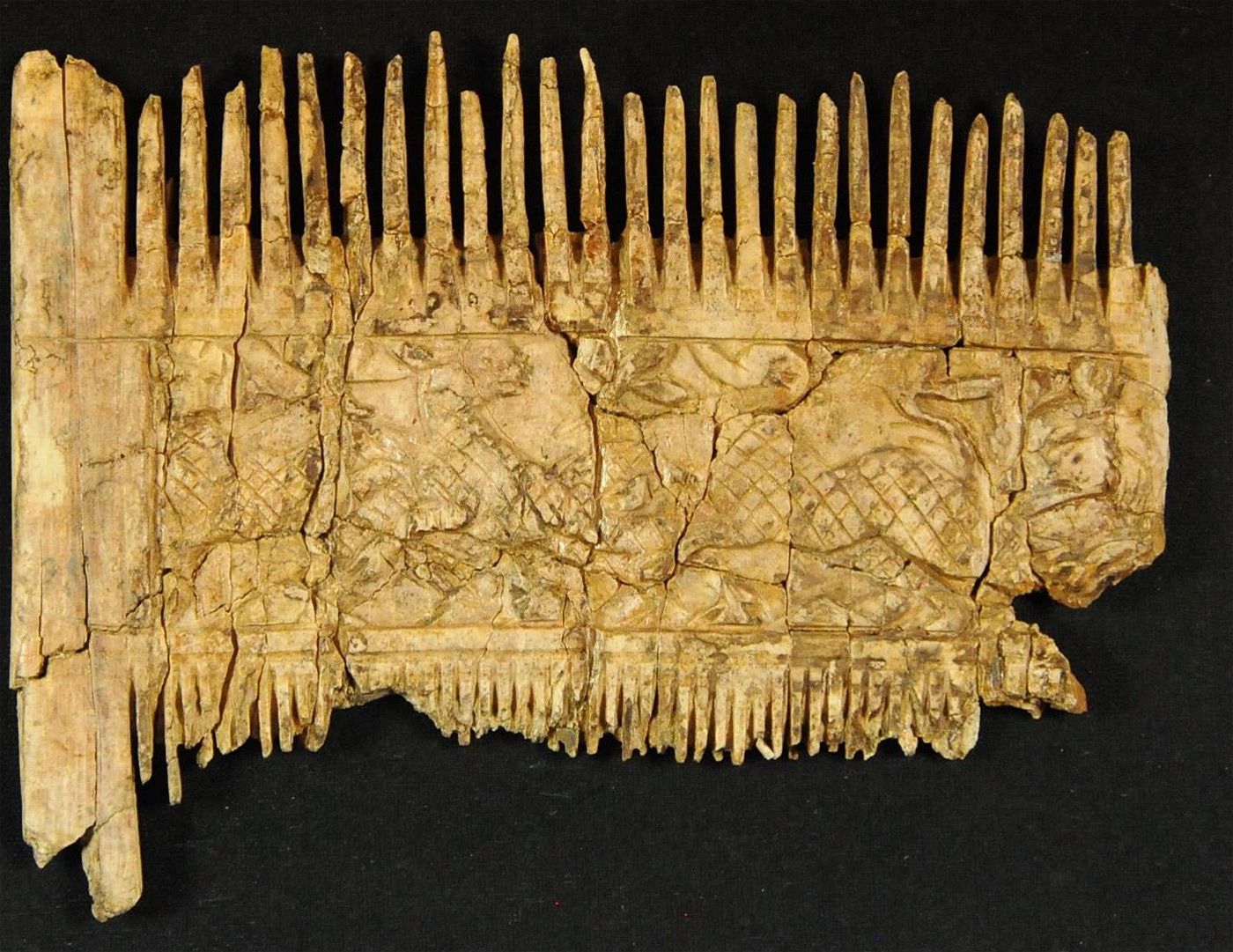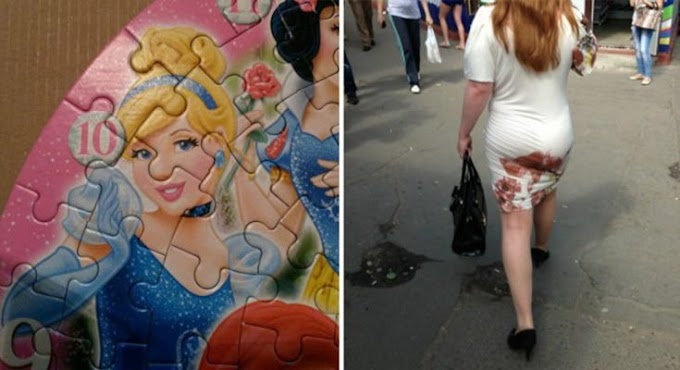During excavations in the Bavarian town of Deininger (district of
Donau-Ries), archaeologists discovered valuable artifacts in two richly
furnished graves from the 6th century, including an ivory comb decorated on
both sides with animal scenes in a kind of early medieval toilet bag and a
precious ceramic bowl from Africa. North of the Alps, these two finds are
unprecedented, the Bavarian State Office for the Preservation of Monuments
reported.

How the two finds found their way into the Nördlinger Ries, which was populated by the Alemanni and under Frankish rule at the time, can only be surmised. They could have been gifts from a ruler to an important follower, tributes, or loot from a war campaign. Alemanni was also involved in the disputes between the Ostrogoths and the Eastern Roman Empire over the territory of present-day Italy.
The comb comes from the grave of a man about 40 to 50 years old who
must have been considered a prominent personality among his contemporaries.
This is suggested by the other grave goods, which include a long sword, a
lance, a shield, a battle-ax, and a bronze basin. Spurs and bridle remains
indicate that he was the presumed rider of the horse laid down next to him in a
pit.

The comb in situ [Credit: Archaeological Office Dr. Woidich]
At the right end of the grave were the remains of a bag containing a pair of scissors and the ivory comb mentioned above. Both were probably used to care for the hair and beard. Combs as grave goods are quite common in the early Middle Ages, but they are usually constructed quite differently, not made of ivory and certainly not in such high quality.
Ivory carvings from the 6th century are extremely rare. What is special
about the Deiningen comb is, among other things, that extremely moving, secular
hunting scenes are carved into it: Clearly visible are gazelle-like animals
that seem to leap away from predators, which do not occur like this in Europe.
Whether the artist actually intended to depict African animals cannot be said
with certainty. The exact identification of the species depicted is not
possible without a doubt.

The front of the restored comb [Credit: BLfD]

"Comparable depictions on a comb from this period have not come down to us so far. This makes this find not only an outstanding archaeological but also an important historical art source," emphasizes Johann Friedrich Tolksdorf, the archaeologist in charge at the Bavarian State Office for the Preservation of Monuments. The comb was completely fragmented so that the preserved motifs only became recognizable after the extensive restoration in the workshops of the Bavarian State Office for the Preservation of Monuments.
So far, only very few similarly crafted combs from the same period are
known. Unlike the one now found, however, they all show Christian motifs. They
can be found in the Louvre in Paris, in the museum in Cairo, and in the Vatican.

The bowl was found in the grave of a woman of about 30 to 40 years of age, who was buried with jewelry and food offerings such as eggs as well as a so-called weaving sword, which was probably used to pack down the threads in the loom.
Unlike the other vessels, the bowl was not produced locally, but as
so-called "African red slip ware" from a workshop in what is now
Tunisia, which produced this high-quality red type of pottery. While this type
of pottery was widely traded in the Mediterranean region, the Deiningen find is
the first evidence of such awareness in such a complete state in Bavaria.
 The high-quality red ceramic bowl was in excellent condition
The high-quality red ceramic bowl was in excellent condition A bowl made in what is now Tunisia, with a drawing [Credit: BLfD]
A bowl made in what is now Tunisia, with a drawing [Credit: BLfD]What is striking is not only the cross that was already stamped into the base during manufacture but above all the script-like signs that were subsequently carved into the rim of the vessel: Are these mere scribbles, name signs, or ornamental or magical symbols? While in the Frankish Empire in the west and south of the Alps the script of antiquity with Latin letters continued even after the collapse of Rome, there are also runes in the Alemannic region.
These are often found as short sequences of characters on objects and
are not always unambiguous in their reading. Most of them, however, are
formulaic and often represent inscriptions of names or owners. Whether the
imitations of writing on the bowl are therefore perhaps based on runes remains
as much a mystery as their meaning.
Source: Der Standard





0 Comments